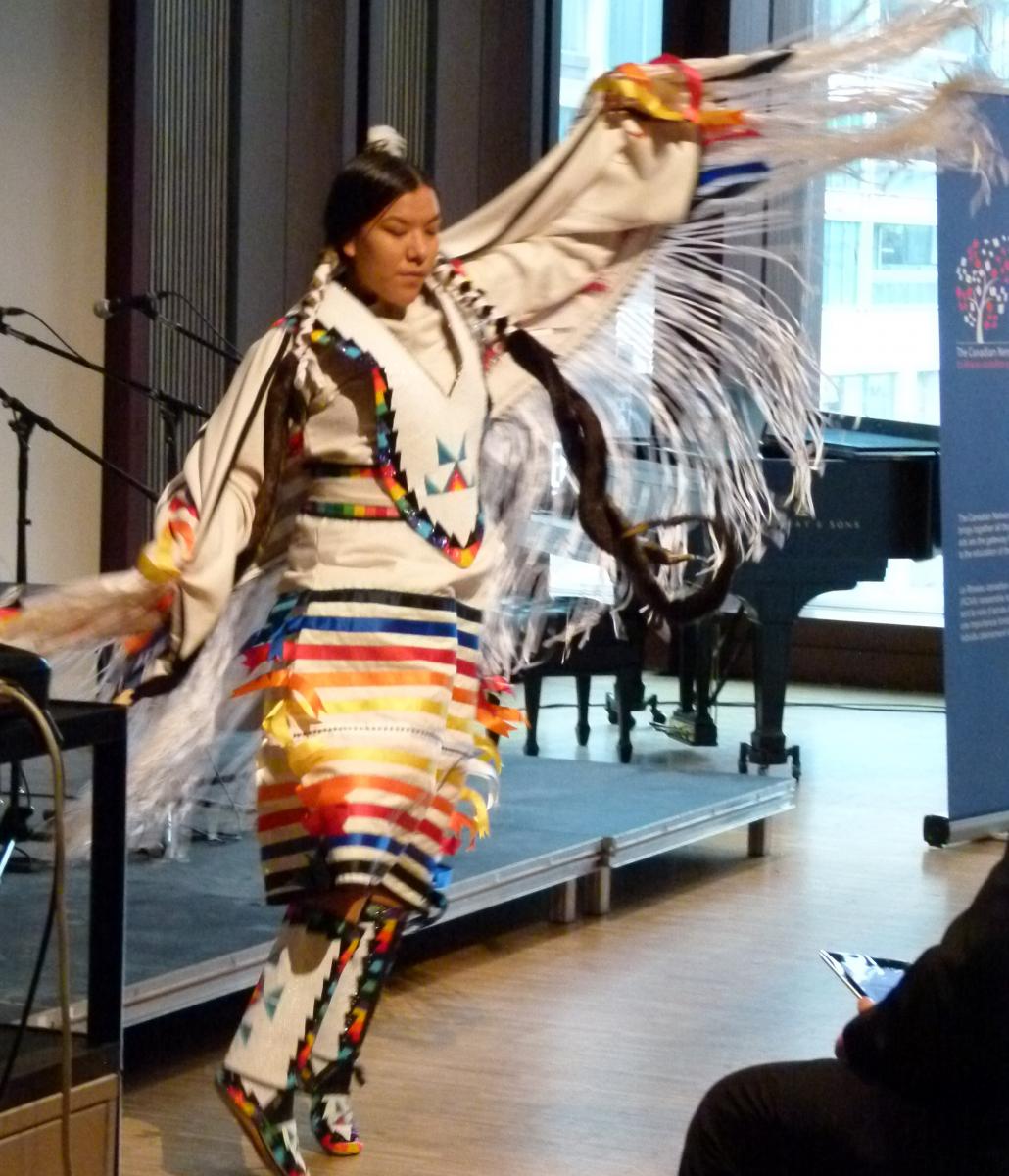
Read the original Toronto Star article here
Is it time for Canada’s theatre instructors to go back to school?
Actor training is under the spotlight, as an instructor at George Brown Theatre School, and the founder and director of the Randolph Academy have left their posts following allegations of inappropriate conduct toward students. Meanwhile, the crisis at Soulpepper Theatre, which runs its own training program and shares a building with George Brown, is raising related questions about power, authority and responsibility in the Canadian performing arts.
What counts as best practice in Canadian theatre training? Alisa Palmer, an artistic director at the National Theatre School in Montreal — the country’s flagship theatre academy — points to “agency and independence” as a core ingredient of its approach to actor training. The NTS “supports young artists-in-training to be in charge of themselves so they can identify and contribute to a safe working environment, and by this I mean an environment where it is safe to tackle challenging material, to dig deep and aim high, and to take creative risks,” says Palmer.
We put the question to five other professionals in the field: What needs to happen to improve actor training in Canada?
1. Jennifer Wigmore: Teach the teachers
Many acting teachers have little or no formal training as teachers. They tend to be actors who have cobbled together a pedagogy based on their own professional practice and their memories of theatre school. They can be terrifically dynamic and creative, but they can also bring with them toxic behaviours that can make the classroom a dangerous environment, especially for vulnerable first-year students.
Teaching students to take risks and step outside their learned comfort zones makes the teacher/student power-imbalance ripe for misunderstanding and abuse. Teachers may not be current with their language, their use of touch, nor understand their gender bias or privilege.
Institutions bear the responsibility to ensure teachers are trained in current best practices in acting training; otherwise the cycle of harassment will continue.
Jennifer Wigmore is an artist and educator who has taught in multiple institutions and is working with the groups Got Your Back and Actors’ Equity to address systemic problems in Canadian actor training.
2. Christine Brubaker: Lower the pressure
My experience in conservatory training is that there is little agency for the actor, very little encouragement to think or respond critically about the process they are engaging with — in fact, it is often openly discouraged: “We have little time and this is how the profession works.” And the stakes are high for the students to step in line. It’s often highly competitive to get in and to stay in. For most schools, continuing through the program you either have to be “invited” back for subsequent years, or you need to audition to continue to the next level.
How do you navigate the minefield of challenging the structure and retaining favour all at once? We’ve seen how these power dynamics play out in the professional world. Schools need to be shaping the profession and not the profession shaping the creative learning process.
Christine Brubaker is an actor and director, and assistant professor in the School of Creative and Performing Arts at the University of Calgary.
3. Michael Greyeyes: Out with the old
Actor training in Canada, and certainly in my department at York, has changed significantly over the past five years. The change occurred because we, the professors who create and deliver the curriculum, have reshaped it in our own images, our own histories. Theatre and training for it is a tradition-bound institution, despite our reverence for innovators and innovative productions. But as younger faculty reimagine pedagogy to reflect our own artistic practice and processes, I’ve seen a marked shift away from canonical/traditional bodies of knowledge.
If the crisis of abuse that is overtaking our theatre is any indication, old systems deserve to be abandoned. That means tired thinking (and practice) must be abandoned if we are hoping to attract students and prepare them for a future not built on old fault lines.
Actor and educator Michael Greyeyes is an associate professor of theatre at York University.
4. Marcia Johnson: Careful what you say
Comments on physical appearance (usually weight) have to stop. Teachers have been known to talk about “creating a brand” and “being castable” as a pretext for making negative comments. The focus should stay on the work. There is no predicting how a person can change as they get older or to predict what will happen in the industry. I know of a male teacher who kept telling female students to wear dresses and high heels. Some students complained that his request had nothing to do with professional expectations but his own preference, especially since he made no comments to male students about their clothing.
Actor and writer Marcia Johnson has taught an introduction to playwriting course at Sheridan College.
5. Kathryn Shaw: Encourage students to speak out
Theatrical training institutions need to ensure they create a safe learning environment free from bullying and harassment. To that end, Studio 58/Langara College is the first theatre school to adopt the Canadian Actors’ Equity Association’s “Not in Our Space!” campaign. A statement is read out loud at the beginning of every rehearsal period with the guest director, designers and students present emphasizing that any form of bullying or harassment is not acceptable at Studio 58. This statement is also read out in classes, and “Not in Our Space!” material is posted on our call board. We encourage everyone to speak out if they experience or witness unacceptable behaviour. Our hope is by instituting this policy during their training our students will carry forth this standard into the profession as the next generation of Canada’s theatrical practitioners.
Kathryn Shaw is artistic director of Studio 58/Langara College in Vancouver.




